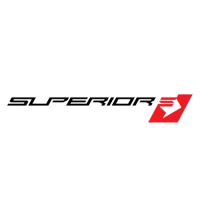Overhaul Manual
O-360 and IO-360 Series Engines
NOTE
: Verify the crankcase breather and vent
lines are correctly installed and
positioned. Excessive oil discharge
through the breather can often be
directly related to an improperly installed
or restricted breather line.
•
•
•
•
•
•
•
•
•
Maintain shallow climb. Use caution to not
overheat the cylinders. Should overheating
occur, reduce power and adjust mixture
appropriately.
Monitor RPM, oil pressure, oil temperature
and cylinder temperature.
During the first hour of operation, maintain
level flight at 75% power. Vary the power
setting every 15 minutes during the second
hour between 65-75%.
Avoid long descents at cruise RPM and low
manifold pressure (could cause ring flutter).
Continue flying at 65-75% power and full
rich mixture on subsequent flights, while
monitoring RPM, Oil Pressure, Oil
Temperature, Cylinder Head Temperature
and oil consumption. Continue until oil
consumption stabilizes and cylinder head
temperatures drop (and stabilize). These
are indications that the piston rings have
seated and the cylinders are broken in.
At no time should cylinder head temperature
be allowed to exceed recommended
maximum cruise limit 430°F.
After landing, check again for any fuel
and/or oil leaks, or other discrepancies, and
repair as required.
Post Break-In Procedures
After break-in, drain all mineral oil. Examine
this oil for foreign matter or metal particle
content.
Fill with ashless dispersant of the
appropriate grade for the expected normal
operating conditions and ambient
temperature.
2
© March 2005 Superior Air Parts Inc.
72-00-04
Special Procedures

